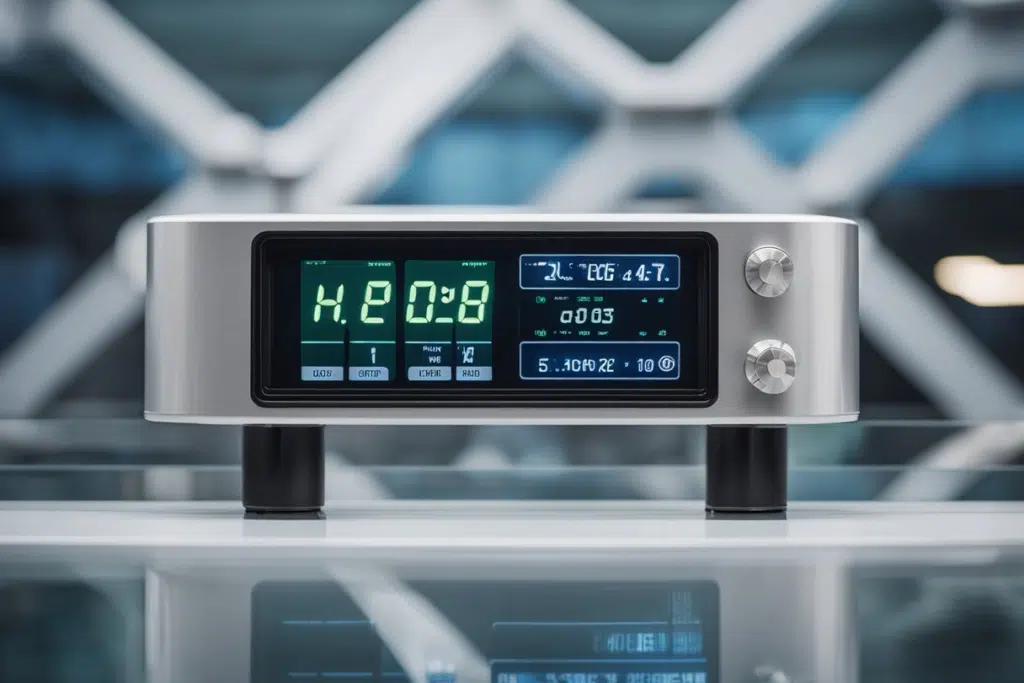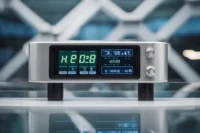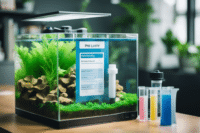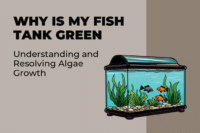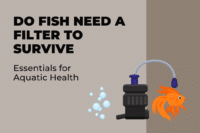Are you wondering if fish tank heaters are safe for your aquatic pets? Yes, fish tank heaters are generally safe when used correctly. These devices are essential for maintaining a stable environment in your aquarium, especially in cooler months or regions. Although they are safe, some aspects need your attention to ensure everything runs smoothly.
Aquarium heaters come in various types and sizes, like glass heaters, submersible heaters, and in-line types. While they are built to warm up your tank efficiently, the safety often depends on proper installation and maintenance. For instance, did you know that a broken glass heater can expose dangerous heating elements? Such risks highlight the need for handling your heaters with care.
It’s also worth noting that different heaters are suitable for different tank sizes and wattages. For example, a 50W heater might be perfect for a small tank, while a 300W heater suits larger aquariums. Understanding these differences will help you choose the safest and most effective heater for your fish.
Key Takeaways
- Fish tank heaters are safe when used correctly.
- Different heater types and sizes fit various tanks.
- Proper installation and maintenance are crucial for safety.
Understanding Fish Tank Heaters
Fish tank heaters are essential for keeping the water at the right temperature for your fish. There are different types of heaters, and you need to choose one that fits the size of your tank and its requirements. Proper installation is key to ensuring even heating.
Types of Aquarium Heaters
There are several types of aquarium heaters you might use:
- Submersible Heaters: These heaters are fully submerged in the tank water. They often come with suction cups for easy mounting. Submersible heaters are popular because they distribute heat evenly.
- Immersible Heaters: These heaters are partially submerged, with the heating element in the water and the control unit above. They are less effective than submersible heaters for large tanks.
- In-line Aquarium Heaters: These are installed outside the tank, usually in the filter system. They are great for maintaining a stable temperature without taking up space inside the aquarium.
- Substrate Heaters: Installed beneath the tank’s substrate, these heaters are ideal for planted tanks as they promote healthy root growth.
Selecting the Right Heater for Your Aquarium
Choosing the right heater involves considering several factors:
- Aquarium Size: A good rule of thumb is to use heaters that provide 5 watts of power per gallon of water. For example, a 10-gallon tank would need a 50-watt heater.
- Temperature Range: Ensure the heater’s temperature range matches the needs of your fish. Most tropical fish thrive between 71-86°F.
- Heater Size: The size of the heater should be proportional to your tank size. A larger heater can heat the water more quickly and evenly.
Example: For a 70-gallon tank, you’ll need a heater with 175 to 350 watts.
Installation and Placement
Proper installation is crucial for maintaining the right temperature:
- Location: Position the heater near the filter intake or an area with good water flow. This helps in even heat distribution.
- Mounting: Use the provided suction cups to secure the heater inside the tank. Ensure it’s placed vertically or horizontally as per the manufacturer’s instructions.
- Water Level: Make sure the water level always covers the heating element. Some heaters have a minimum water line marked for safety.
Mounting the heater properly and keeping the water at the right level ensures it works efficiently and keeps your fish healthy.
Safety and Maintenance of Fish Tank Heaters
Using a fish tank heater correctly is crucial for keeping your aquatic friends healthy and your home safe. This section will cover preventing overheating, routine care, and additional safety tips for fish tank heaters.
Preventing and Addressing Overheating
Overheating can harm your fish and damage your tank. Install a reliable thermometer and temperature sensor to check the tank’s temperature in real time. Many best aquarium heaters come with an indicator light that shows when the heater is on.
Follow these steps to prevent overheating:
- Choose the right wattage: A small 10-gallon tank needs about 25-50 watts, while a 70-gallon tank might need 175-350 watts.
- Position the heater properly: Place it near a strong water flow to distribute heat evenly.
- Regularly check and calibrate: Make sure your heater maintains a stable temperature.
If you notice the water temperature rising too much, immediately turn off the heater. Let it cool down and inspect for any malfunctions or damage.
Routine Care and Maintenance
Proper maintenance ensures your heater operates efficiently and lasts longer. Follow these simple tips:
- Clean the heater regularly to prevent mineral buildup. Unplug and remove it from the tank before cleaning. Use a soft cloth and avoid harsh chemicals.
- Inspect for damage: Check the heater and cord for cracks or frays. Replace immediately if any are found.
- Test functionality periodically: Use a thermometer to confirm the heater is working accurately.
Follow the manufacturer’s instructions for maintenance schedules and guidelines. Doing this keeps your heater efficient and durable and maintains a comfortable temperature for your fish.
Additional Safety Tips
Keep safety in mind when using and maintaining your fish tank heater:
- Use a heater with built-in safety features like an automatic shut-off if it overheats.
- Avoid placing objects near the heater that could catch on fire.
- Unplug the heater during tank maintenance: This prevents electric shock or damage.
- Monitor for consistent temperature changes to spot potential issues early. Fluctuations of more than 1-2 degrees could signal a problem.
These tips not only address safety concerns but also help maintain a healthy environment for your aquatic pets. Always follow manufacturer recommendations and check heaters regularly to ensure they function correctly.
Conclusion
Fish tank heaters are essential for maintaining a stable environment for your fish. Keeping the water at the right temperature helps your fish stay healthy and active.
When using a heater, always follow the manufacturer’s instructions. This ensures that you’re setting it up correctly and safely. Placing the heater in the right spot and ensuring it’s fully submerged is crucial.
Consider these tips for safe use:
- Buy a heater suited for the size of your tank.
- Regularly check the heater for signs of wear.
- Use a thermometer to monitor the water temperature.
Some points to remember:
- Glass heaters can break if mishandled.
- Submersible heaters are easier to hide but need to be fully underwater.
With proper care, a fish tank heater can keep your aquatic friends comfortable and safe.
